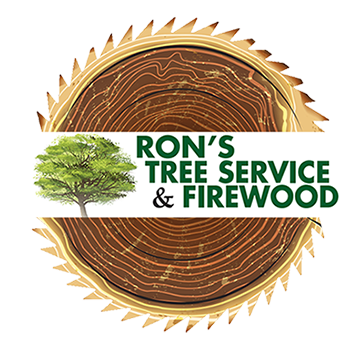Trees in the woods may seem to grow without issue, but trees near homes and buildings need special care to ensure they don’t hurt themselves, property or people. Tree trimming is a skill you can DIY if the project is small enough or you have the correct training and gear - if not, call in the professionals at Ron’s Tree Service to ensure nothing goes wrong and no one gets hurt.
1. Dormant Season Tree Trimming
Generally speaking, the best tree trimming time is during the dormant season, right before new growth comes again. This would be winter through early spring.
Just like a cut on your skin, it’s easier for diseases and pests to enter and damage a tree if cuts are made during the warm times of the year. When those diseases and pests are dormant, it’s safer to trim trees.
While there shouldn’t be a blanket policy, as each tree and situation is different, dormant tree trimming is usually the best choice.
2. Identifying Problem Areas
Proper identification of problem trees or problem limbs is essential. Trimming the right part of the tree is half the battle.
Are your branches:
- Dead
- Dying
- Diseased
- Crowded
- Weak
Identifying branches in these categories is essential to tree health. Do your research beforehand so you can properly identify issues, or contact a tree trimming company like Ron’s Tree Service.
3. Avoid Trunk Damage
When making your cuts, avoid damaging the trunk of the tree. Trunk and limb tissue are separate, and damaging the trunk can have long-term effects. Be sure to cut outside of the crown (a kind of ridge between the trunk and limb) to ensure you’re cutting limb tissue.
Damaging the trunk can affect other limbs and future growth, so take extra care on your cuts.
For professional tree trimming help, contact Ron’s Tree Service!

